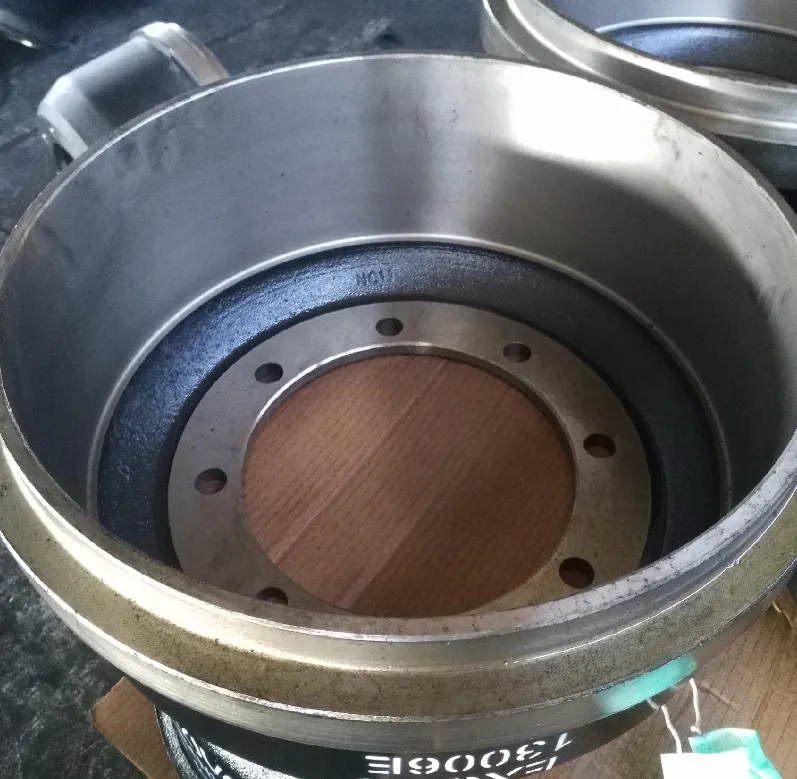
-
 Afrikaans
Afrikaans -
 Albanian
Albanian -
 Amharic
Amharic -
 Arabic
Arabic -
 Armenian
Armenian -
 Azerbaijani
Azerbaijani -
 Basque
Basque -
 Belarusian
Belarusian -
 Bengali
Bengali -
 Bosnian
Bosnian -
 Bulgarian
Bulgarian -
 Catalan
Catalan -
 Cebuano
Cebuano -
 Corsican
Corsican -
 Croatian
Croatian -
 Czech
Czech -
 Danish
Danish -
 Dutch
Dutch -
 English
English -
 Esperanto
Esperanto -
 Estonian
Estonian -
 Finnish
Finnish -
 French
French -
 Frisian
Frisian -
 Galician
Galician -
 Georgian
Georgian -
 German
German -
 Greek
Greek -
 Gujarati
Gujarati -
 Haitian Creole
Haitian Creole -
 hausa
hausa -
 hawaiian
hawaiian -
 Hebrew
Hebrew -
 Hindi
Hindi -
 Miao
Miao -
 Hungarian
Hungarian -
 Icelandic
Icelandic -
 igbo
igbo -
 Indonesian
Indonesian -
 irish
irish -
 Italian
Italian -
 Japanese
Japanese -
 Javanese
Javanese -
 Kannada
Kannada -
 kazakh
kazakh -
 Khmer
Khmer -
 Rwandese
Rwandese -
 Korean
Korean -
 Kurdish
Kurdish -
 Kyrgyz
Kyrgyz -
 Lao
Lao -
 Latin
Latin -
 Latvian
Latvian -
 Lithuanian
Lithuanian -
 Luxembourgish
Luxembourgish -
 Macedonian
Macedonian -
 Malgashi
Malgashi -
 Malay
Malay -
 Malayalam
Malayalam -
 Maltese
Maltese -
 Maori
Maori -
 Marathi
Marathi -
 Mongolian
Mongolian -
 Myanmar
Myanmar -
 Nepali
Nepali -
 Norwegian
Norwegian -
 Norwegian
Norwegian -
 Occitan
Occitan -
 Pashto
Pashto -
 Persian
Persian -
 Polish
Polish -
 Portuguese
Portuguese -
 Punjabi
Punjabi -
 Romanian
Romanian -
 Russian
Russian -
 Samoan
Samoan -
 Scottish Gaelic
Scottish Gaelic -
 Serbian
Serbian -
 Sesotho
Sesotho -
 Shona
Shona -
 Sindhi
Sindhi -
 Sinhala
Sinhala -
 Slovak
Slovak -
 Slovenian
Slovenian -
 Somali
Somali -
 Spanish
Spanish -
 Sundanese
Sundanese -
 Swahili
Swahili -
 Swedish
Swedish -
 Tagalog
Tagalog -
 Tajik
Tajik -
 Tamil
Tamil -
 Tatar
Tatar -
 Telugu
Telugu -
 Thai
Thai -
 Turkish
Turkish -
 Turkmen
Turkmen -
 Ukrainian
Ukrainian -
 Urdu
Urdu -
 Uighur
Uighur -
 Uzbek
Uzbek -
 Vietnamese
Vietnamese -
 Welsh
Welsh -
 Bantu
Bantu -
 Yiddish
Yiddish -
 Yoruba
Yoruba -
 Zulu
Zulu
Understanding the Differences Between Front Disc and Rear Drum Brake Systems
Understanding Front Disc and Rear Drum Brakes
Braking systems are crucial for vehicle safety, and understanding their types is essential for both drivers and automotive enthusiasts. Among the various braking systems, front disc brakes and rear drum brakes represent two common configurations that operate differently while ensuring effective stopping power.
Front Disc Brakes
Front disc brakes have become the standard in modern vehicle design, primarily due to their superior performance characteristics. The mechanism consists of a disc, or rotor, that is attached to the wheel hub. When the driver presses the brake pedal, hydraulic fluid is forced into calipers, which then press brake pads against the disc. This action generates friction, slowing down the wheel and ultimately bringing the vehicle to a stop.
One significant advantage of front disc brakes is their ability to dissipate heat more effectively than drum brakes. As they experience repeated use, such as in heavy braking situations, friction generates heat, which can lead to brake fade—where the brakes become less effective. Disc brakes' exposed design allows for better airflow, cooling the components and maintaining performance.
Additionally, front disc brakes provide improved responsiveness and shorter stopping distances, allowing for greater control during emergencies. Their design also makes them easier to inspect, maintain, and replace, contributing to their growing popularity across various vehicle models.
Rear Drum Brakes
front disc and rear drum brakes

In contrast, rear drum brakes are an older technology that remains common, particularly in smaller vehicles and trucks. The braking mechanism consists of a cylindrical drum that encases brake shoes. When the brake pedal is pressed, hydraulic force pushes these shoes against the inner surface of the drum, creating friction that slows the wheel.
One of the benefits of rear drum brakes is their cost-effectiveness. They are generally cheaper to manufacture and replace than disc brakes, which is why many manufacturers opt to use them on the rear axle of some vehicles. Additionally, drum brakes offer good braking performance under low-stress conditions, making them suitable for everyday driving scenarios.
However, rear drum brakes have some limitations. The enclosed design of a drum brake can trap heat and moisture, leading to brake fade and reduced performance over time. Moreover, they can be more challenging to maintain and replace due to their complexity compared to disc brakes. These factors have led to a decline in their usage, especially as performance and safety standards evolve.
Conclusion
In summary, front disc brakes and rear drum brakes serve the same fundamental purpose but operate differently and offer distinct advantages and disadvantages. Front disc brakes excel in heat dissipation, performance, and ease of maintenance, making them the preferred choice for many modern vehicles. On the other hand, rear drum brakes provide a cost-effective solution that can work adequately for everyday driving needs.
When considering a vehicle’s braking system, it is essential to understand these differences and how they could influence overall safety and performance. As technology advances, we may see further innovations in braking systems, but for now, knowing how disc and drum brakes work can help consumers make informed choices regarding vehicle safety and maintenance. Whether you're driving a compact car or a heavy-duty truck, understanding your braking system is key to ensuring a safe journey on the road.
-
What Are Drum BrakesNewsJul.07,2025
-
Understanding Brake Drum MaterialNewsJul.07,2025
-
Semi-Trailer Brake Drum: A Key Component for Extreme Loads and Long-Distance TransportNewsJul.07,2025
-
Drum Brake Pads for SaleNewsJul.07,2025
-
Brake Drums for SaleNewsJul.07,2025
-
Brake Drum ManufacturerNewsJul.07,2025
-
Aluminum Brake Drums: The Future of High-Performance CarsNewsJul.07,2025
